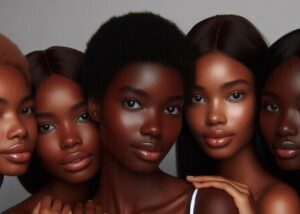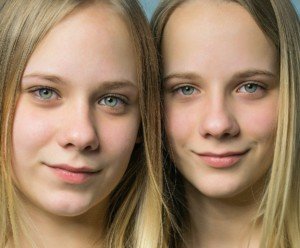
Does melanoma risk differ in blondes who always tan and blondes who always burn?
If you’ve heard that blonde hair is a risk factor for melanoma, perhaps you’ve wondered about olive skinned people who have naturally blonde hair, or natural blondes who simply tan easily but don’t have olive skin.
“We do not segregate blondes who never tan as a particularly vulnerable group,” says Richard Bezozo, MD, President of MoleSafe, the world’s most advanced melanoma screening program.
“We discuss melanoma risk regarding fair skin individuals (people with freckles, light blonde or red hair and blue eyes as well). All of these people fall under the category of a Fitzpatrick 1.”
Dr. Bezozo explains, “Thomas Fitzpatrick was a Harvard dermatologist who came up with a scale in regards to individual’s skin types in 1975.
“It is a useful tool for identifying people at risk for various skin diseases, for example, how likely you are to get skin cancer.
“The scale can also be used by dermatologists to recommend facial treatments.”
Dr. Bezozo describes this system as follows:
Fitzpatrick 1- a person with light skin, light hair, blue eyes and who burns easily and often.
Fitzpatrick 3 – a person with cream white skin, fair with any eye or hair color who sometimes burns and gradually tans.
Fitzpatrick 6 – a person who is dark skinned and never or rarely burns.
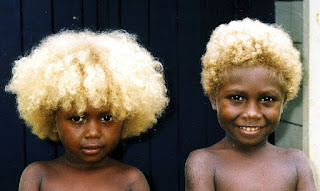
Melanesian children. Their hair color is natural, due to a gene mutation in their population.
He adds, “The lighter the skin the more the damage from the sun’s rays. Since skin damage is cumulative, blondes who always burn (Fitzpatrick 1s) have a higher risk for melanoma.”
Dr. Bezozo says the following individuals should get early melanoma detection screening:
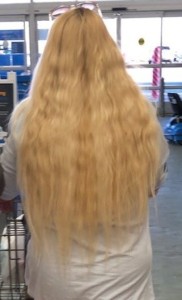
“Blondes who never tan and always burn, people who have had more than one blistering sunburn in their lifetime, people who have more than 10 moles, people with a family history of skin cancer, people who have previously had skin cancer or people with a weakened immune system.
“Light skinned people should also avoid excessive UV exposure (tanning beds).”
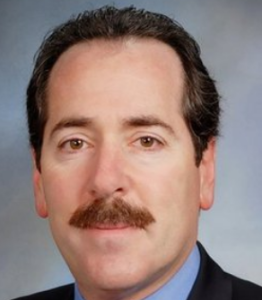
Richard Bezozo, MD


